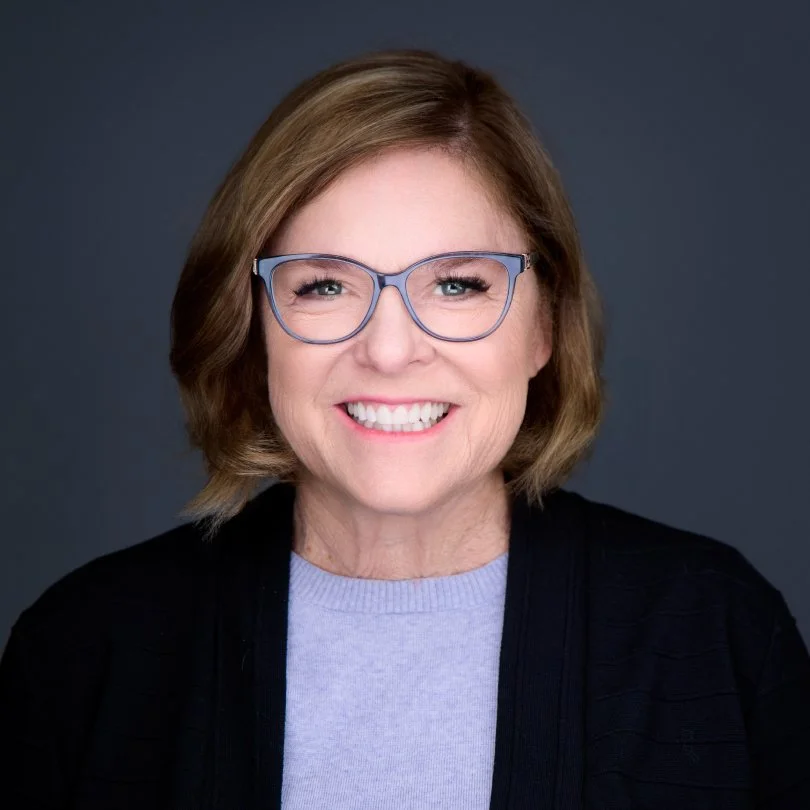Patti Soch
CEO, Liquibase
GET TO KNOW PATTI...
Hometown:
Richardson, TX
Alma Mater:
University of Texas at Arlington; SMU for grad school
Any hobbies?
Gardening and being on the water
Q: Please share a little about your career path from CFO to CEO.
A: I graduated with an accounting degree and, at the time, the typical path led to a big accounting firm. During my interviews, I quickly noticed there were no female partners. I have always been a bit fiery, especially back then and thought,
“If there’s no female leadership here, is this really the right place for me to grow in my career?”
Instead, I took a role as an accountant at a venture-backed software company. I watched the company transition through two CFOs, and then unexpectedly, the Board called me in and said, "We're promoting you to Vice President of Finance." I was only 26. There was a bit of trepidation, but they had confidence in me, and looking back, I’m grateful they took a risk on me. From that point on, I’ve led finance in every role, until stepping into the CEO position here at Liquibase.
Q: How has your perspective as a female leader shaped your approach to leadership?
A: For much of my career, I was the only woman in the room, but I’ve seen that change over time. Of course there were moments when I had to make sure my voice was heard. I remember one leadership meeting where we paused for a quick bio break. When we returned, I realized the men had continued the discussion in the restroom and had already made a decision. I had to say, "Hey guys, I wasn't in the men's room with you." Moments like that taught me the importance of building inclusive leadership teams — ones where every perspective is accounted for. In fact, at Liquibase, our VP of Engineering and our VP of Product are both females.
Q: How have your CFO roles prepared you to be a CEO?
A: As CFO, I was often the CEO’s right-hand person, which gave me a unique perspective on how to run a company. But stepping into the CEO role is different from observing it. What helped was that I’ve always been a hands-on, operational CFO, running different parts of the business at various points in my career. That experience reinforced that strong leadership isn’t just about numbers; it’s about understanding how every decision impacts the people we serve - our employees, our customers, and our partners.
Q: How would you describe your leadership style?
A: I believe in hiring people I trust and giving them the tools to succeed. My role is to create alignment within the leadership team, provide the right context for decision-making, and then let them do what they do best. I also believe in transparency - sometimes to a fault. But I’d rather over-communicate than leave room for confusion. Clarity and trust are key to creating a strong, customer-focused organization and when people understand the ‘why’ behind decisions, they’re much more invested in the outcome.
Q: What is the most challenging aspect of the CEO role, and how do you overcome it?
A: Balancing empathy with high performance. We want to be an organization that delivers results, but we also want to be one that values people. We set high standards because our customers depend on us to deliver, but we also need to create a space where our team can bring their best selves to work. Those two priorities don’t always align easily, but I believe the best way to navigate that tension is by leading with transparency, setting clear expectations, and keeping a strong focus on our customers. When we make decisions with the customer in mind, everything else tends to fall into place.

Our solutions make developers’ lives better and deliver the automation capabilities technology executives need to remove database deployments as a barrier to delivering new application innovation. No database professional should ever miss a dance recital or miss out on life by pulling an all-nighter because of manual database work/fixing errors.
More info: liquibase.com
“Clarity and trust are key to creating a strong, customer-focused organization and when people understand the ‘why’ behind decisions, they’re much more invested in the outcome.”

